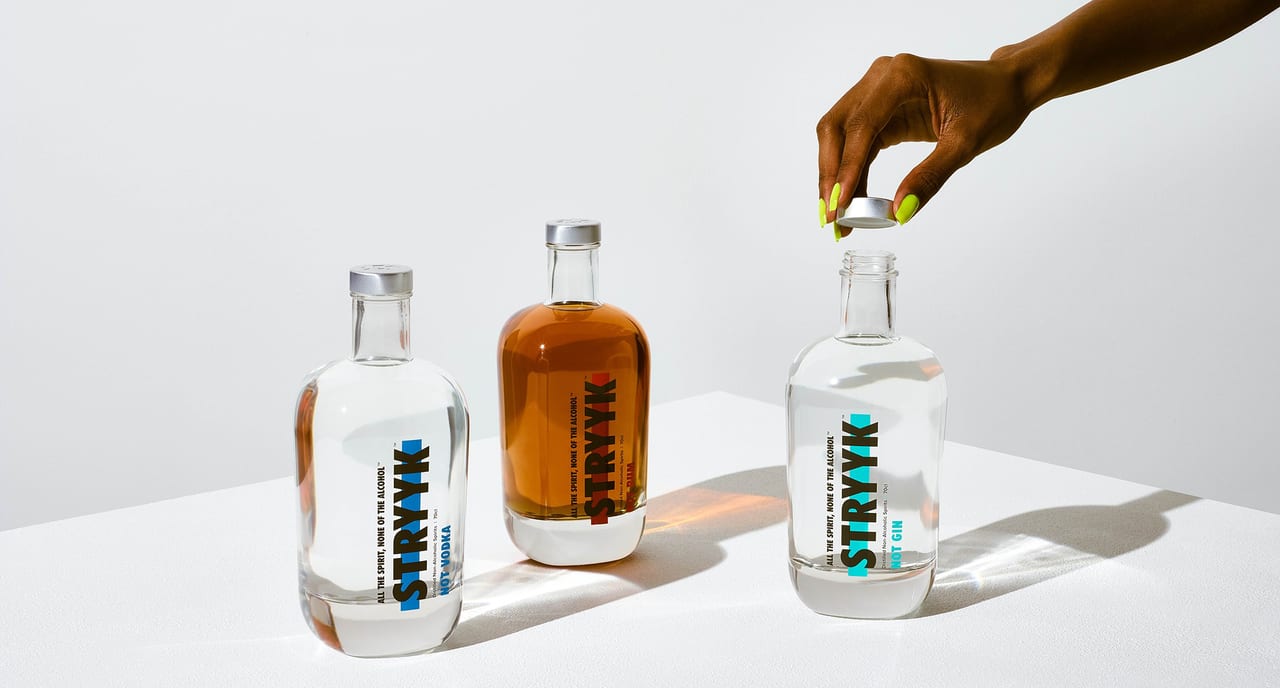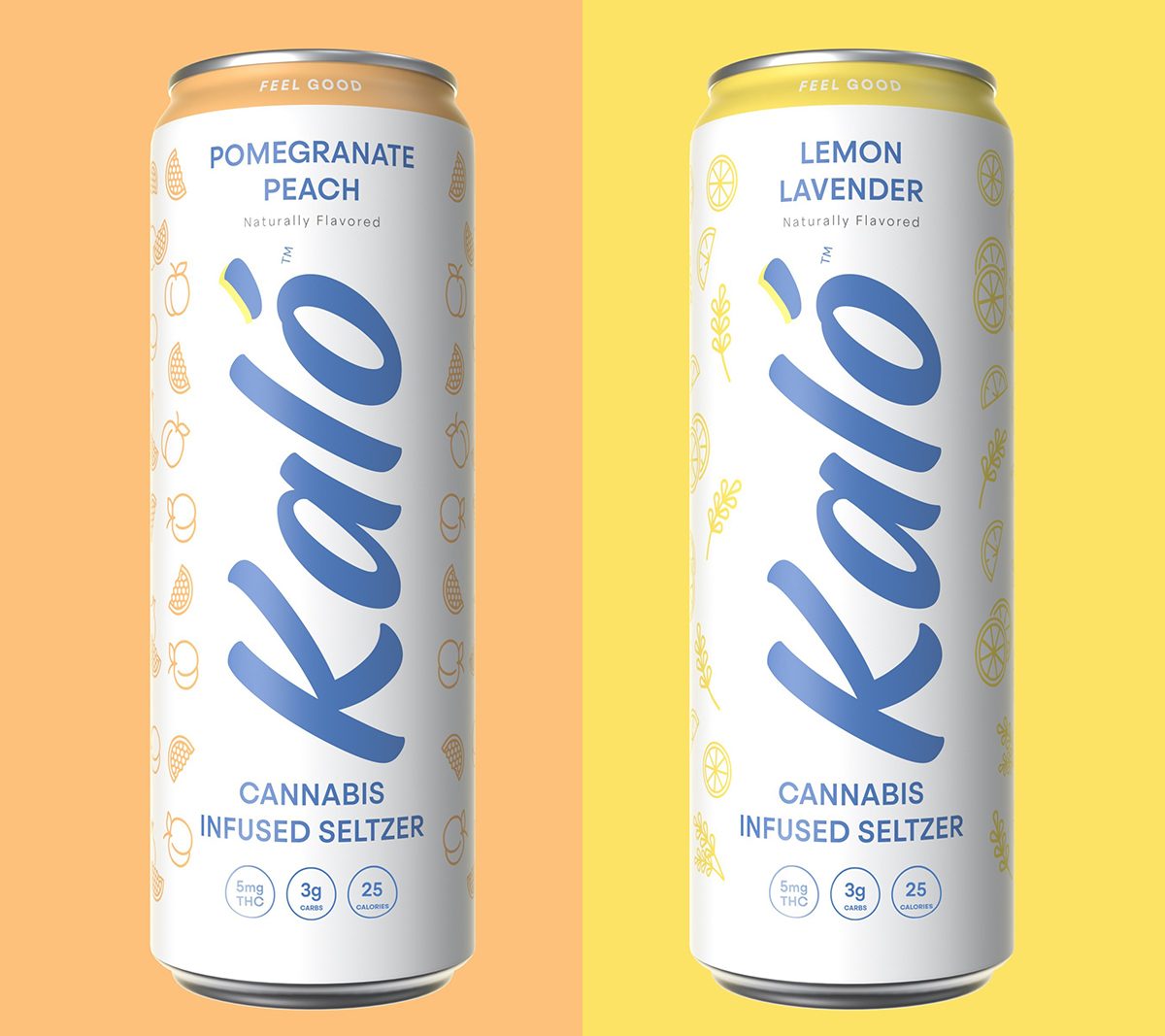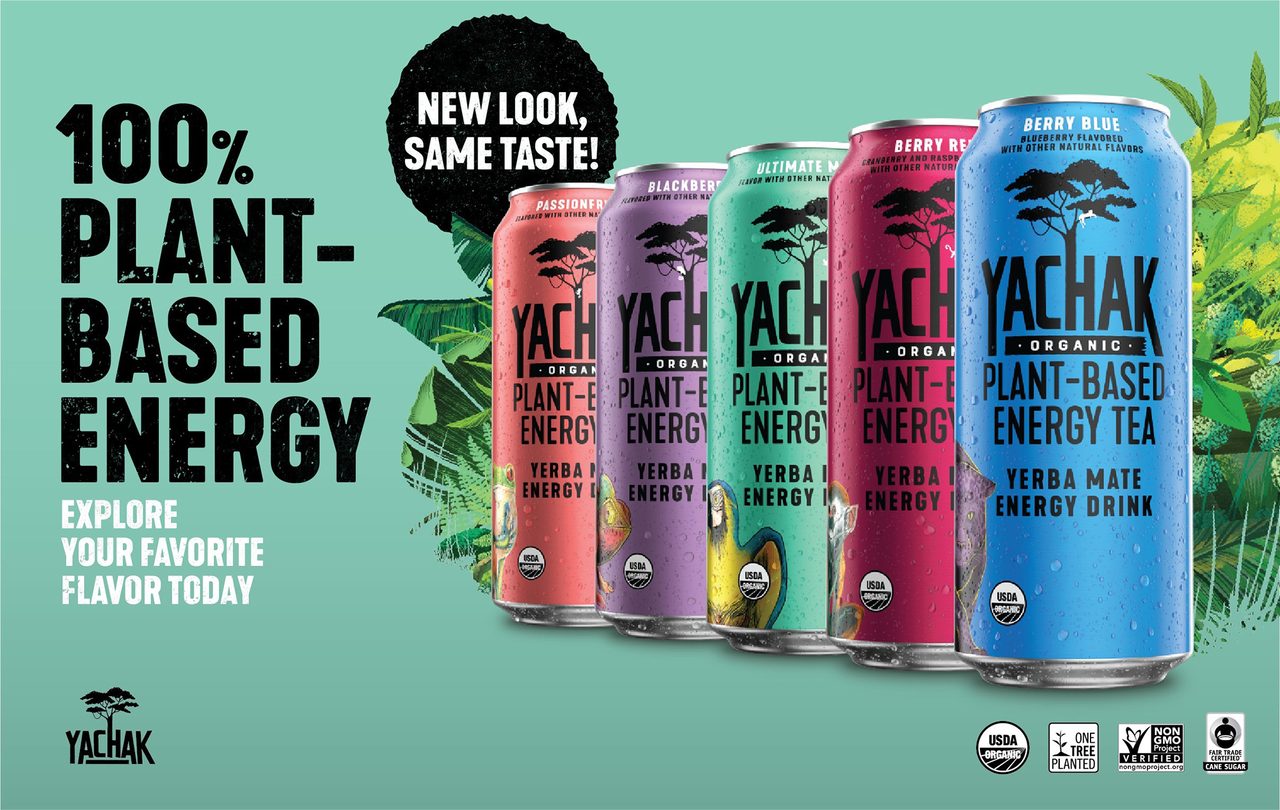2022
Predictions
BEVERAGES
Younger generations continue to evaluate products via more dimensions than ever before. In fact, taste and compelling packaging may not be enough to maintain consumer interest. Rather, shoppers now are considering and assessing the product experience, the ethos and values of brands, and the community they may become a part of as a loyal follower or early adopter.
This holistic outlook—coupled with significant spending power (last estimated to be $2.5 trillion across Millennials and Gen Z)—will influence how companies approach innovation and the multi-faceted benefits many need to deliver, especially as personal and planet health are top priorities for these consumers.
These values are reflected in Innova Market Insight's 2021 Global Lifestyle & Attitude Survey, as 43% of consumers are actively attempting to reduce waste (planet health) and 32% are taking action to eat in moderation (personal health). While both concerns are not necessarily novel, the pandemic has played a significant role in amplifying the interconnected nature of the world, has brought the conversation about health and wellness to the forefront and of course has changed consumer behavior, likely forever.
These tenets have informed the nine food and beverage trends Imbibe has identified for 2022 and beyond:
1.Compassionate Consumption: Whether it’s reducing the amount of animal products consumed or backing products that promise sustainable manufacturing practices, consumers are looking for ways to reduce their carbon footprint and will hold companies accountable in hopes of saving the planet.
By ERIN COSTELLO, Contributing Editor
Changing beverage landscape gives consumers new ways to satisfy thirsts, address global and social trends.
Fluid Situation

Expect a new wave of non-alcoholic drinks in supermarkets, restaurants. The UK’s Elegantly Spirited LTD announced plans to bring its STRYKK line to the United States. It includes NOT G*N, NOT R*M and NOT V*DKA. Photo courtesy of: Elegantly Spirited LTD
2. Alcoholish: RTD mocktails and spirit alternatives made waves in 2021, as the movement toward going dry (or least cutting back) has become increasingly attractive to consumers looking for the same sophisticated flavors and experience of drinking cocktails without the health drawbacks. While retailers and restaurants are stocking their shelves with no/low alcohol offerings, we expect to see a new genre of bars – sober ones, that offer the same atmosphere as their traditional counterparts.
3. Plant based Energy: The U.S. energy drink segment grew more than 11% from May 2020 – May 2021 (IRI) and despite obvious market leaders (Red Bull and Monster), we have seen new launches gain significant attention in the past year (Zoa, Mountain Dew Rise). New offerings that include energy derived from plants are expected to contribute to the energy drink segment getting a bit of a facelift in 2022.
Yerba mate, moringa, yaupon, cascara, l-theanine, and green coffee extract are amongst the varied ingredients that will offer the energy-boosting benefits while making the plant-based claim. Products that bear plant-based energy, energy from plants, or powered by plants will propagate in 2022.

No to Alcohol. Yes to Cannabis. Hillview expanded its Kaló infused seltzer brand with two new THC-infused seltzers launching in Maine. Kaló bolstered its eight hemp-infused seltzers with THC-infused versions in two flavors: Lemon Lavender and Pomegranate Peach. Photo courtesy of: Hillview

PepsiCo revamps packaging for YACHAK, its natural energy drink line made with USDA organic ingredients including yerba mate, a species of the holly plant that grows in the central and southern regions of South America and provides a natural source of caffeine. Photo courtesy of: PepsiCo
4. All Hail Cannabis: THC regulations continue to relax across the nation and many consumers admit to preferring the effects of marijuana to alcohol. We foresee more products that contain varied amounts of THC, CBD, and other cannabinoids continuing to appear in both retail and foodservice establishments.
5. Setting the Mood: U.S. adults turn to beverages that promise mood-boosting benefits for pandemic-induced stress and sleep disorders. Also gaining attention in 2022, products that promise a more romantic undercurrent or overtly suggest support for increased sexual satisfaction.
6. The Future is Artificial: Artificial Intelligence (AI) technology is making its way into more manufacturing and development methods in food and beverage. Companies are leveraging this technology to support their supply chain through predictive flavor discovery, logistics, and new opportunities for development processes.
7. LowSo: The war on sugar will rage on but riding its coattails will be scrutiny on sodium intake, especially in beverages. High sodium consumption is linked to heart disease and stroke and currently, Americans overconsume sodium by more than 1100mg daily based on the FDA Dietary Guidelines. More and more consumers will demand products that protect their heart and support their overarching wellness goals.
This is certainly not a new fight; between 2009 and 2014, the National Salt Reduction Initiative brought together public health officials and major food players who pledged to reduce sodium in their products by 25%. Some of the named companies were Starbucks, Au Bon Pain, Subway and Boars Head. Only three percent of the packaged food companies met their 2014 targets, which suggests there’s a lot more work to be done to deliver LowSo products.
8. Molecular Matches: Global supply shortages and plant-based diets are driving a new push toward the necessity of sourcing alternatives of common products and ingredients. MeliBio released the world’s first honey made without bees in late 2021, and we expect many more brands to follow suit.
9. Nostalgic/Indulgent Flavors: Mintel’s 2021 Trend Driver Global Survey reports that 71% of US consumers enjoy a food and beverage experience that is reminiscent of their childhood as brands bring new life to classic flavors. A lot of literature suggests that especially in times of tumult, consumers crave comfort and experiences that remind them of simpler, sweeter times.
We also can’t ignore the fact that a lot of people have struggled or are struggling with loss – be it personal or professional, and sometimes consumers just want something that feels and tastes good. We anticipate that flavors such as cotton candy, snow cone, oatmeal cookie, churro, etc. will find their way into more product lines come the New Year. PF
Erin Costello is the Communications & Events Associate at Imbibe, a product development company based just outside of Chicago. With a passion for marketing, particularly in content creation, copywriting, and campaign strategy, she helps plan and implement communication strategies across multiple platforms. Erin also drives event participation by organizing and executing initiatives. She earned her BA in marketing from Benedictine University. For more information, visit www.imbibeinc.com
December 2021
